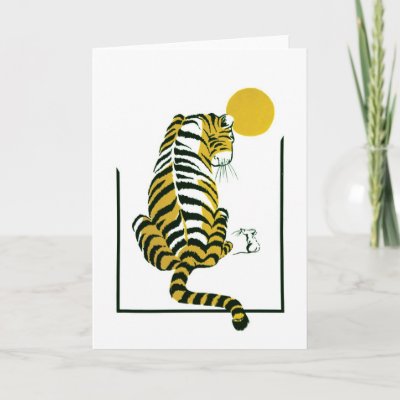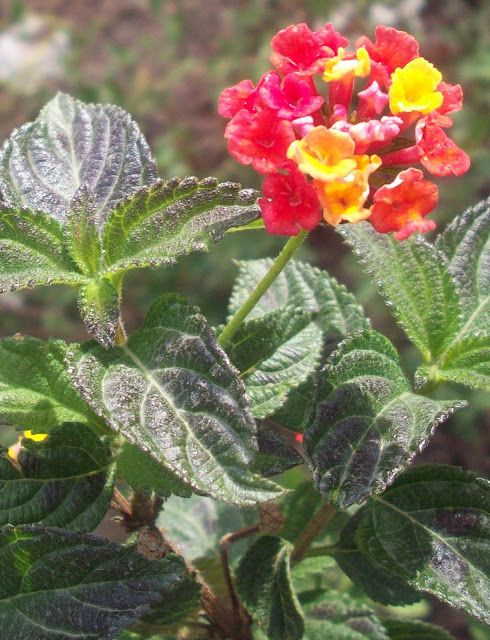April 20
Today begins my first day of technology withdrawl, as I head up farther into the mountains for Retreat. You won't find me in a mountain cave, saying Om Manis and performing small miracles or transcending the laws of matter, space, and time (or will you?) but you will find me in the nearby Tushita Meditation Center, an incredibly gorgeous setting, learning the intricacies of selflessness in a nine day retreat course.
No computer.
No cell phone.
Basically nothing that works of it's own volition.
No talking (except for questions after teachings).
No leaving.
Prepare to be Buddhized.
But fear not! I haven't forgotten you. While I'm gone, you'll receive 9 little snippets- things I love about Mcleod- which may or may not self destruct immediately after reading them.
So here is the first in the series: Oh, Mcleod (1)
1. And another thing I love about Mcleod: Monks
I think I may be happiest in my life when I see at least a few of these red clad gents (not to forget their female fellows, those dear anis) everyday. There's something wonderful about Tibetan Buddhist monks, something warm and comforting. For one, they look warm and fuzzy in their outfits. Secondly, they smell nice (a smell I can only describe as "clean" or "fresh"). Three, they're often mischievous little devils who pull your leg at a given moment (once they get to know you a bit).
Young Tibetans are quite fashionable, akin to young Japanese, so it's no surprise that young Tibetan monks find a way to express some individuality and taste. Often, this is in the form of shoes, ranging from Chuck Taylors to Pumas. Other times, it may be cold enough for a coat, and you may find a teenage monk wearing his puffy winter vest. Nothing is more fun than seeing one or two (or three, sometimes) on the back of a motorcycle, red robes flowing in the wind.
No matter what the age, however, it seems that some of monks never grow out of their playful camaraderie with their fellow monks. You can often see them teasing each other around town, pulling the good old tap the wrong shoulder routine, or laughing and chatting about something that's obviously very funny.
It took some time for me to readjust my thinking to create the idea of a monk as a whole person: someone who laughs, talks on cell phones, enjoys life (and tv!), and yes, even flirts. Monks, it turns out, are the most flirtatious sort I've encountered in all of India. Nearly ever monk I've made friends with here has turned, after a short time, into a flirty and fun version of their red-clad selves.
But they're not all fun and games; some are as serious as stone, walking through town or eating their momos with an air of dignity and quiet reservation. If you're lucky, you can find them debating in the courtyard of HH Dalai Lama's Temple, throwing their points with a slap of their hands (see the movie below).
Meanwhile, I spend many lunches with the monks at Shangri-La Restaurant, both helping them with English and having them cheer me on as I play Tibetan language games on my computer. Here I've given out several of my cranes, as well as to other monk friends around town. Cranes 43-48 were small presents, tokens of my appreciation to monks for their chosen lifestyle.
Today begins my first day of technology withdrawl, as I head up farther into the mountains for Retreat. You won't find me in a mountain cave, saying Om Manis and performing small miracles or transcending the laws of matter, space, and time (or will you?) but you will find me in the nearby Tushita Meditation Center, an incredibly gorgeous setting, learning the intricacies of selflessness in a nine day retreat course.
No computer.
No cell phone.
Basically nothing that works of it's own volition.
No talking (except for questions after teachings).
No leaving.
Prepare to be Buddhized.
But fear not! I haven't forgotten you. While I'm gone, you'll receive 9 little snippets- things I love about Mcleod- which may or may not self destruct immediately after reading them.
So here is the first in the series: Oh, Mcleod (1)
1. And another thing I love about Mcleod: Monks
I think I may be happiest in my life when I see at least a few of these red clad gents (not to forget their female fellows, those dear anis) everyday. There's something wonderful about Tibetan Buddhist monks, something warm and comforting. For one, they look warm and fuzzy in their outfits. Secondly, they smell nice (a smell I can only describe as "clean" or "fresh"). Three, they're often mischievous little devils who pull your leg at a given moment (once they get to know you a bit).
Young Tibetans are quite fashionable, akin to young Japanese, so it's no surprise that young Tibetan monks find a way to express some individuality and taste. Often, this is in the form of shoes, ranging from Chuck Taylors to Pumas. Other times, it may be cold enough for a coat, and you may find a teenage monk wearing his puffy winter vest. Nothing is more fun than seeing one or two (or three, sometimes) on the back of a motorcycle, red robes flowing in the wind.
No matter what the age, however, it seems that some of monks never grow out of their playful camaraderie with their fellow monks. You can often see them teasing each other around town, pulling the good old tap the wrong shoulder routine, or laughing and chatting about something that's obviously very funny.
It took some time for me to readjust my thinking to create the idea of a monk as a whole person: someone who laughs, talks on cell phones, enjoys life (and tv!), and yes, even flirts. Monks, it turns out, are the most flirtatious sort I've encountered in all of India. Nearly ever monk I've made friends with here has turned, after a short time, into a flirty and fun version of their red-clad selves.
But they're not all fun and games; some are as serious as stone, walking through town or eating their momos with an air of dignity and quiet reservation. If you're lucky, you can find them debating in the courtyard of HH Dalai Lama's Temple, throwing their points with a slap of their hands (see the movie below).
Meanwhile, I spend many lunches with the monks at Shangri-La Restaurant, both helping them with English and having them cheer me on as I play Tibetan language games on my computer. Here I've given out several of my cranes, as well as to other monk friends around town. Cranes 43-48 were small presents, tokens of my appreciation to monks for their chosen lifestyle.






























































